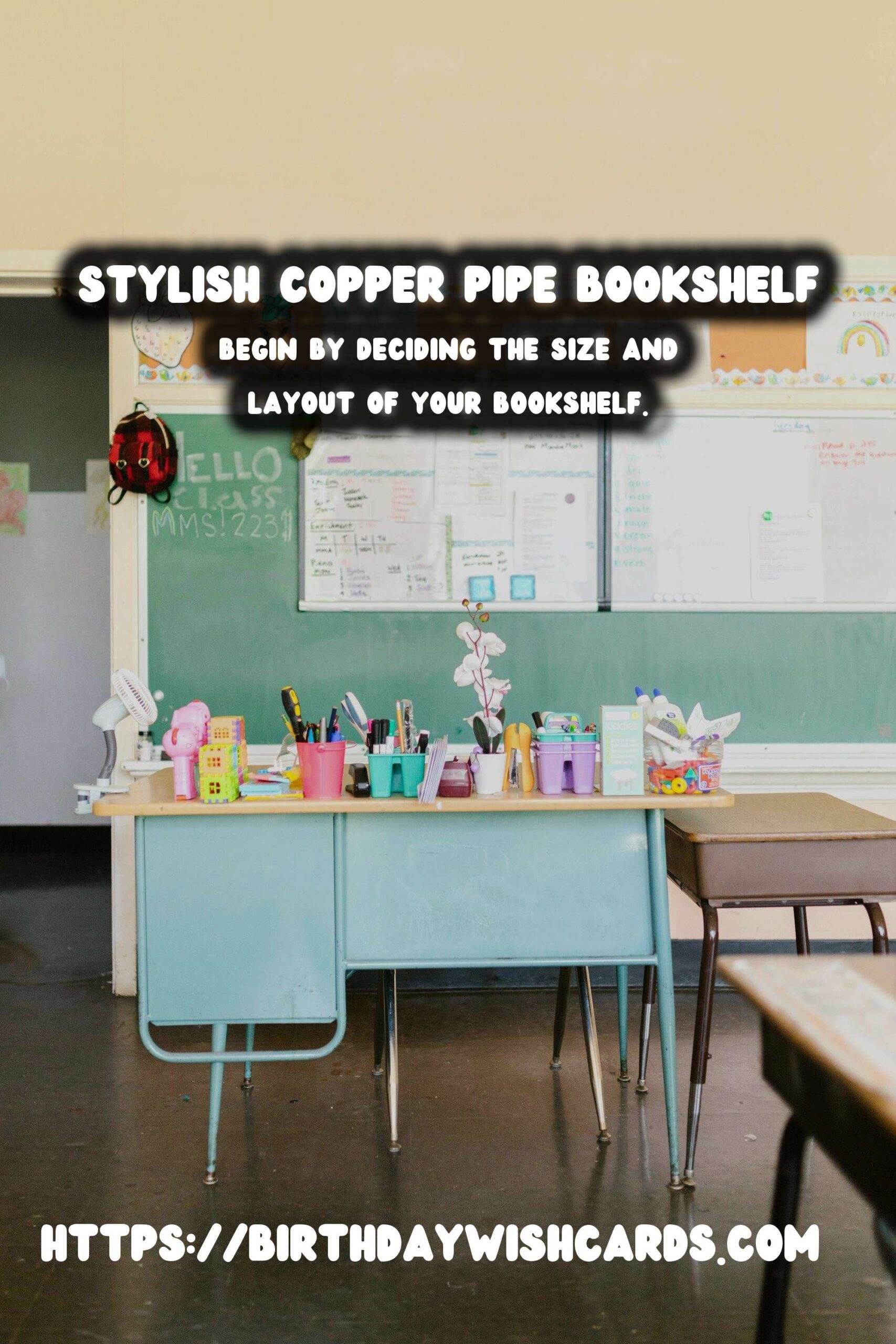
Creating your own furniture can be an immensely rewarding experience, especially when it combines style, functionality, and a touch of industrial chic. A DIY copper pipe floating bookshelf is an excellent project for those who love a modern aesthetic with a unique twist. In this article, we will guide you through the process of building your own copper pipe floating bookshelf, offering a step-by-step guide to achieve a stunning result.
Materials Needed for a Copper Pipe Floating Bookshelf
Before diving into the construction process, it’s essential to gather all necessary materials. Here’s a list of everything you will need:
- Copper pipes (1/2 inch diameter recommended)
- Copper pipe elbows and T-fittings
- Wooden planks (size according to your space)
- Copper pipe straps
- Screws and wall anchors
- Pipe cutter
- Drill and drill bits
- Sandpaper
- Wood stain or paint (optional)
- Measuring tape
- Level
Step-by-Step Guide to Building Your Bookshelf
Step 1: Plan Your Design
Begin by deciding the size and layout of your bookshelf. Measure the wall space where the bookshelf will be installed and sketch a rough design. Consider how many shelves you want and the spacing between each. Remember that copper pipes will form the frame and support structure, so plan accordingly.
Step 2: Cut the Copper Pipes
Using a pipe cutter, carefully cut the copper pipes into the required lengths. For a basic bookshelf, you will need four vertical pipes and multiple horizontal pipes to connect the shelves. The length of the horizontal pipes will depend on the width of your shelves.
Step 3: Assemble the Pipe Frame
Once you have your copper pipes cut to size, begin assembling the frame. Use the T-fittings to connect horizontal and vertical pipes. Secure elbows where pipes need to change direction. Assemble the entire frame on the floor to ensure everything fits together properly.
Step 4: Prepare the Wood Shelves
Cut the wooden planks to the desired size, ensuring they fit snugly between the vertical pipes. Sand the edges and surfaces to remove any roughness. If desired, apply wood stain or paint to match your room’s decor.
Step 5: Mount the Frame to the Wall
Use a level to ensure your frame is straight. Mark the wall where the copper pipe straps will be installed. Drill holes for wall anchors and screw the straps in place, securing the frame to the wall.
Step 6: Install the Shelves
Slide the wooden shelves into place between the horizontal pipes. Make any necessary adjustments to ensure a level and secure fit.
Benefits of a Copper Pipe Floating Bookshelf
This type of bookshelf offers a unique aesthetic appeal with its blend of industrial materials and sleek design. Copper pipes add a warm metallic touch that complements various interior styles, from modern to rustic. Additionally, the floating design maximizes floor space and creates an open, airy atmosphere in any room.
Maintaining Your Copper Pipe Bookshelf
Over time, copper may develop a natural patina, adding character to your bookshelf. If you prefer to maintain the original shine, regularly clean the pipes with a copper cleaner. Avoid using abrasive materials that could scratch the surface.
Conclusion
Building a DIY copper pipe floating bookshelf is a creative and rewarding project that enhances both the functionality and aesthetic of your home. By following these steps, you can craft a stunning piece of furniture that showcases your DIY skills and adds a personal touch to your living space.
Creating your own furniture can be an immensely rewarding experience, especially when it combines style, functionality, and a touch of industrial chic. A DIY copper pipe floating bookshelf is an excellent project for those who love a modern aesthetic with a unique twist. Begin by deciding the size and layout of your bookshelf. Copper pipes add a warm metallic touch that complements various interior styles, from modern to rustic. Building a DIY copper pipe floating bookshelf is a creative and rewarding project that enhances both the functionality and aesthetic of your home. 

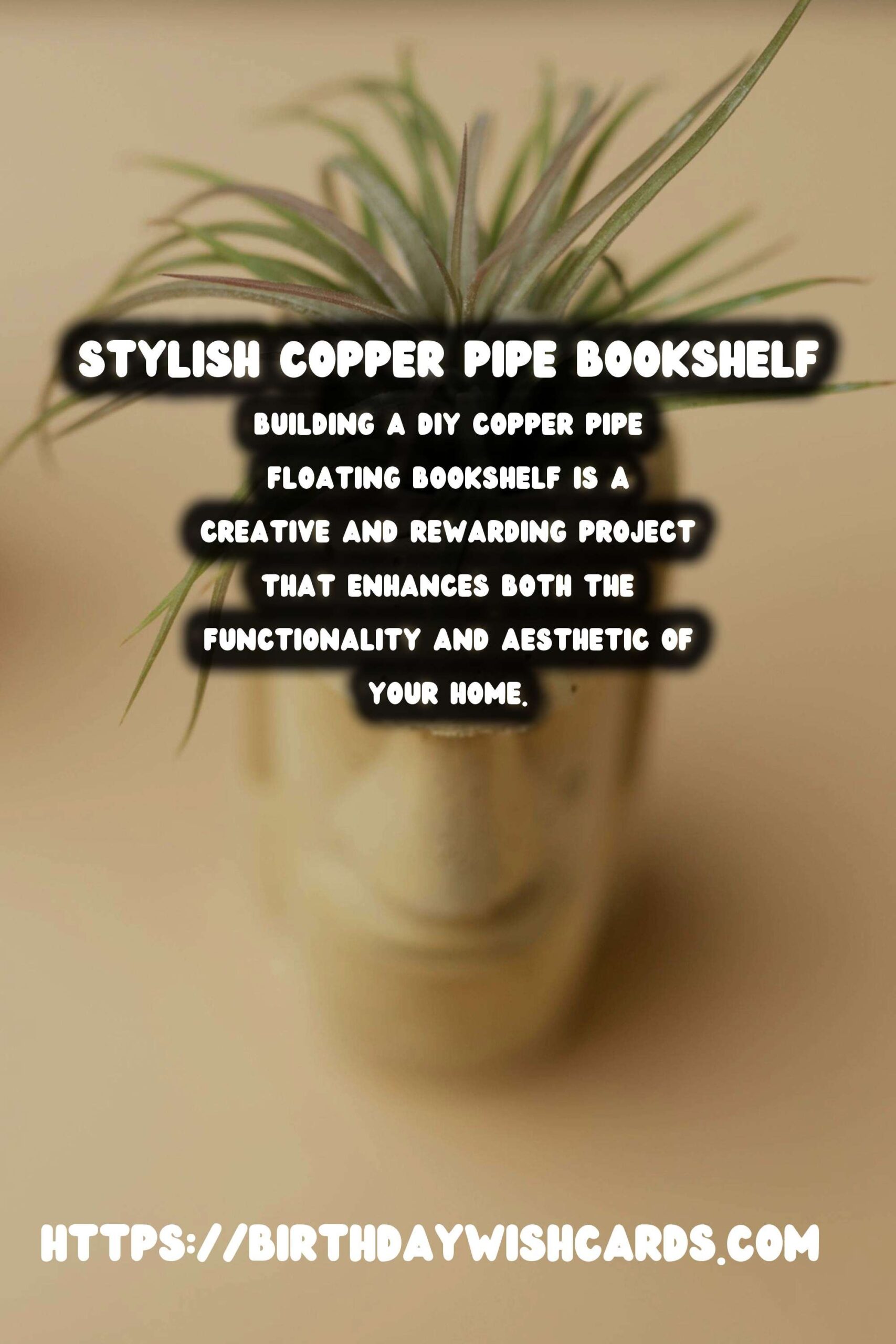
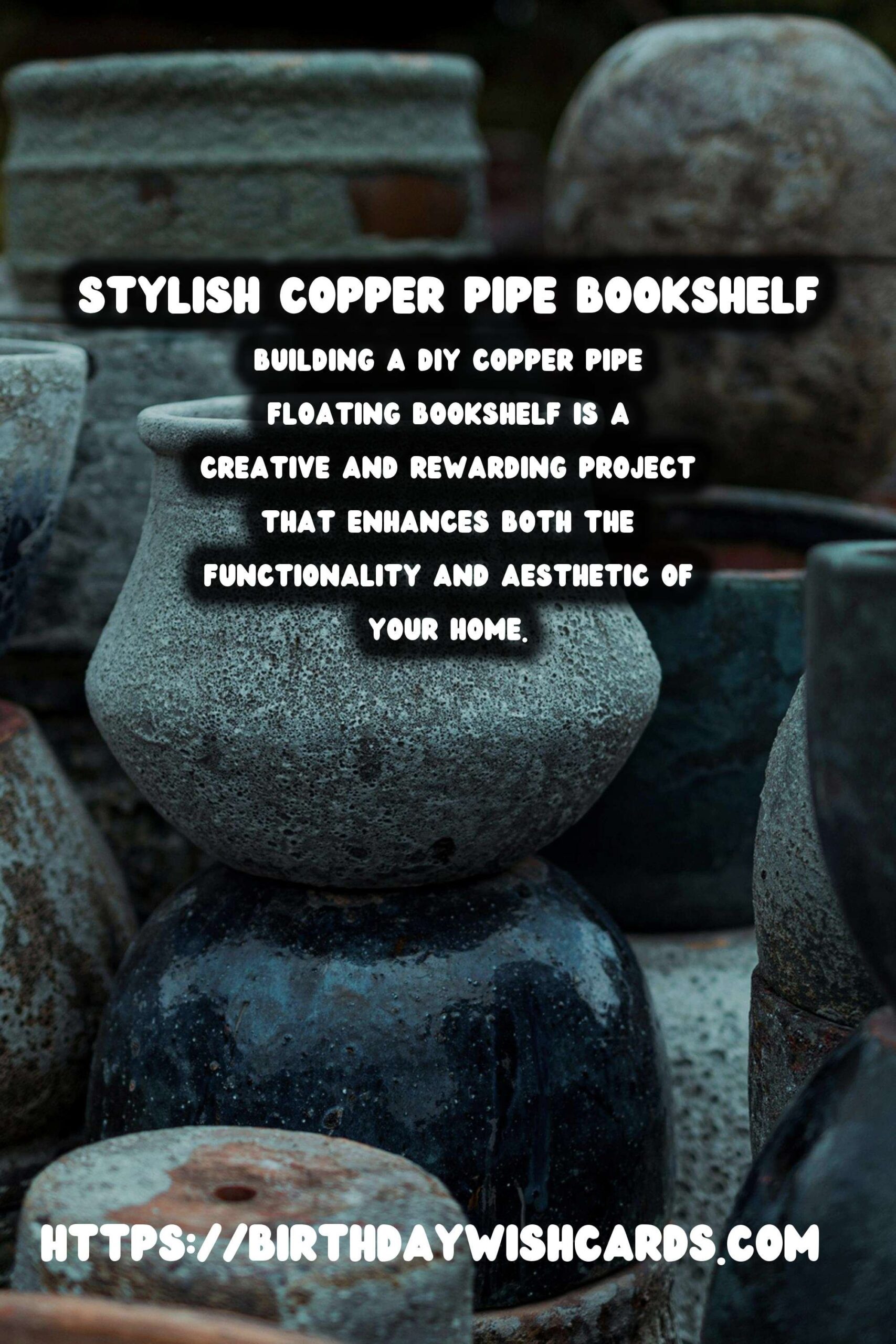
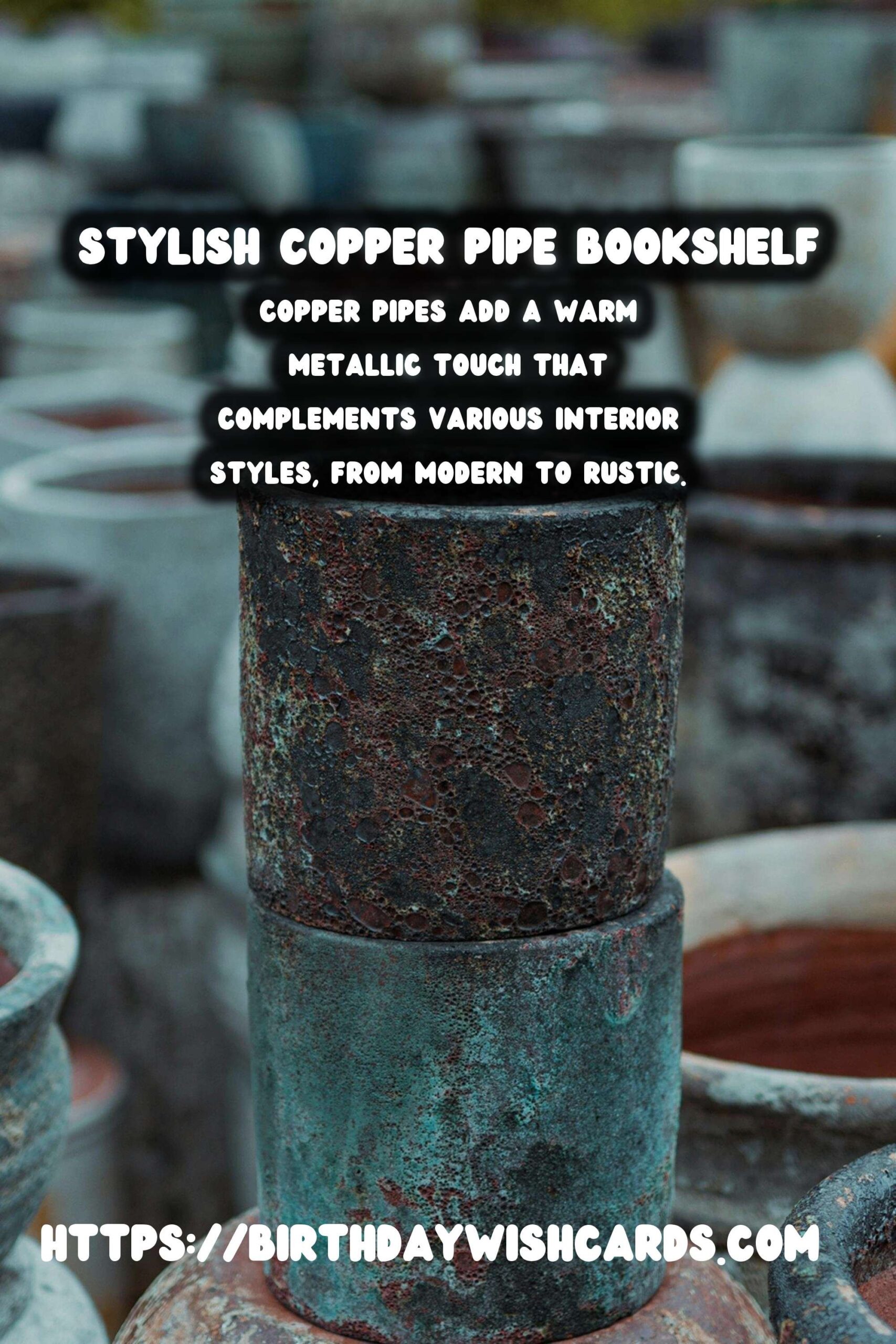
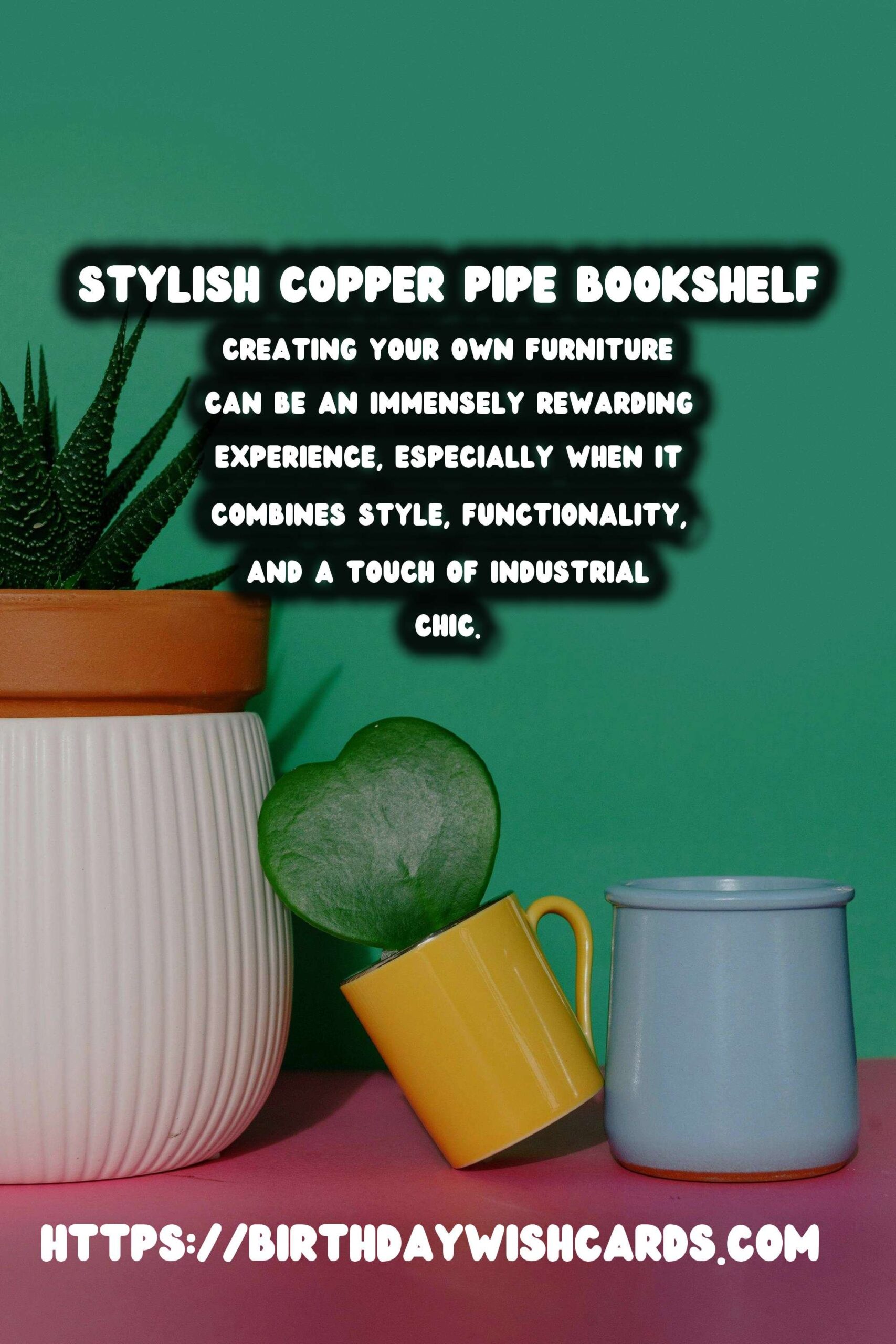
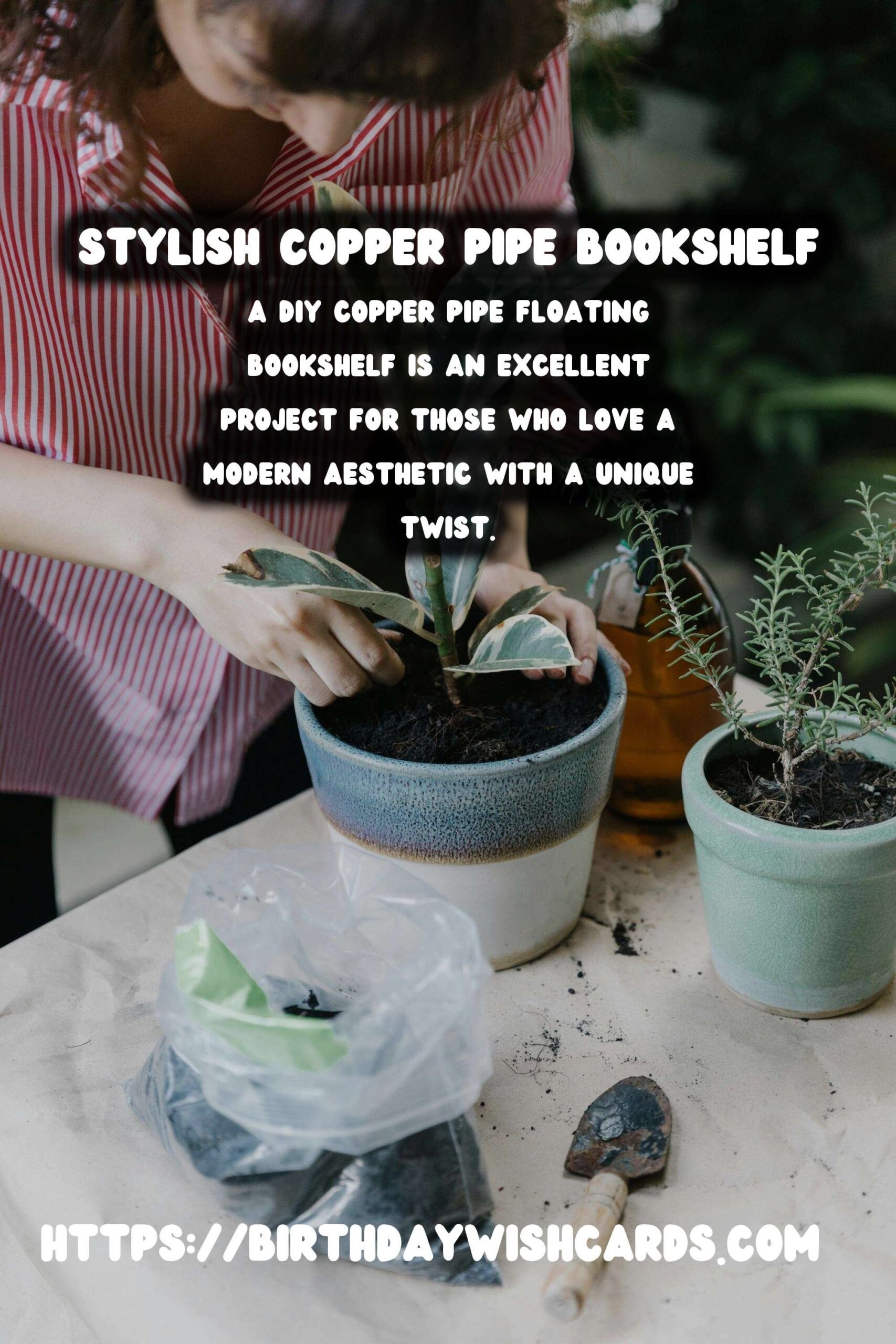
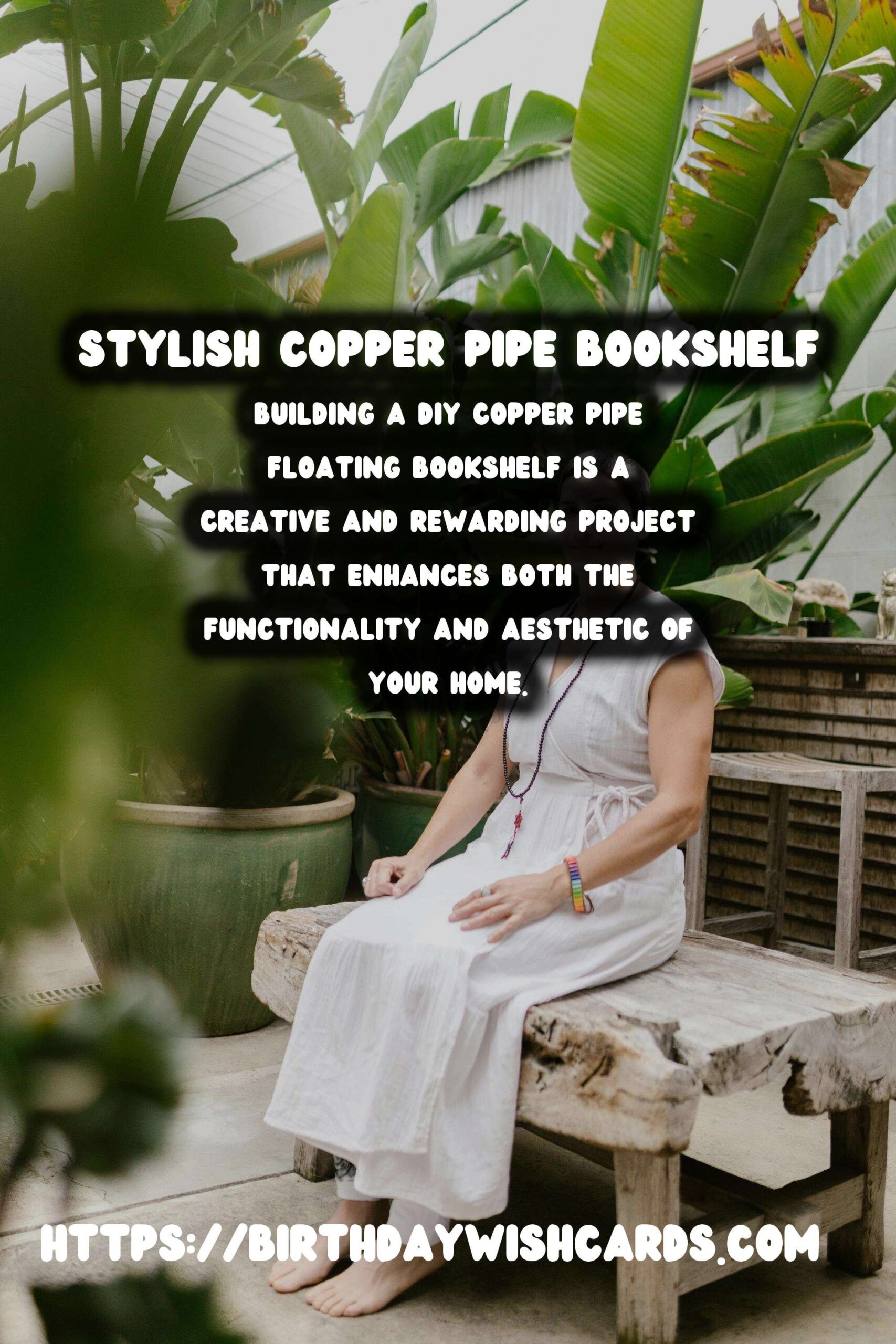
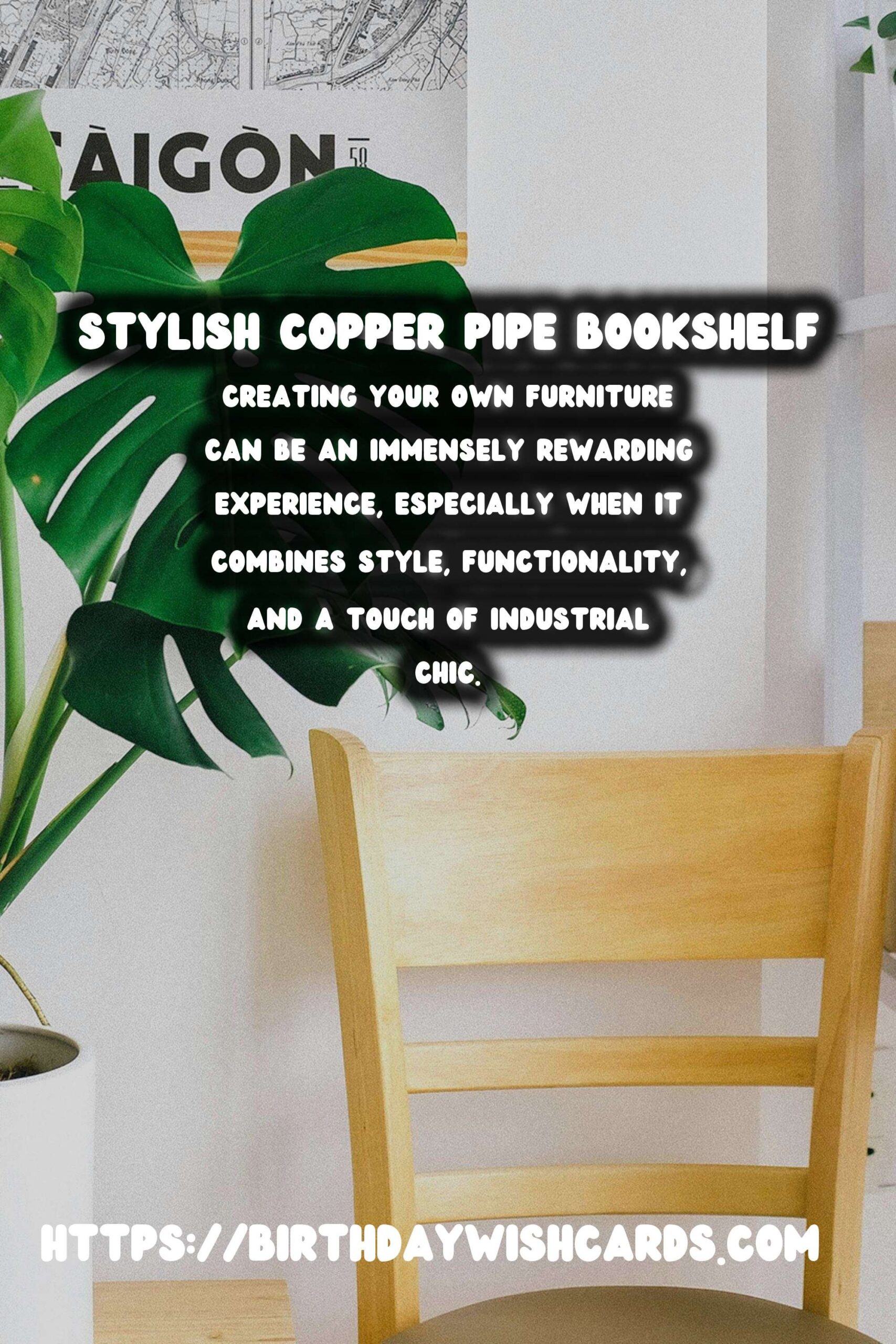
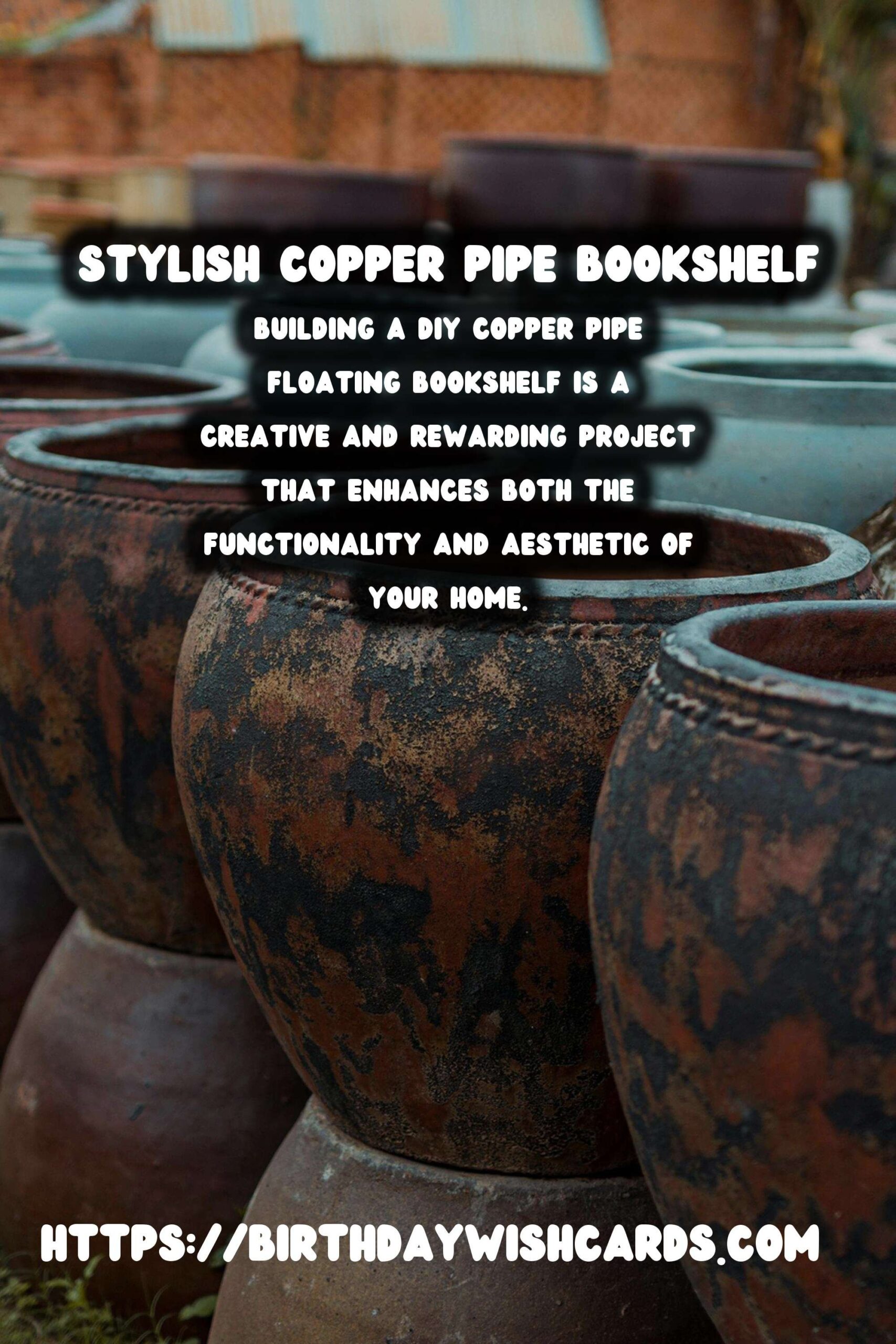
#DIY #CopperPipe #FloatingBookshelf #HomeDecor #InteriorDesign



